Donate now to support the LLIFLE projects.
Your support is critical to our success.
Your support is critical to our success.
= Rebutia candiae Cárdenas
Cact. Succ. J. (Los Angeles) 33: 112, fig. 1961
Accepted Scientific Name: Rebutia arenacea Cárdenas
Cact. Succ. J. (Los Angeles) 23: 94. 1951

Weingartia arenacea var. candiae (Rebutia candiae) Photo by: Valentino Vallicelli
Synonyms:
- Rebutia candiae Cárdenas
- Sulcorebutia arenacea var. candiae (Cárdenas) Gertel & J.de Vries
- Sulcorebutia candiae (Cárdenas) Buining & Donald
- Weingartia arenacea var. candiae (Cárdenas) Hentzschel & K.Augustin
- Weingartia candiae (Cárdenas) F.H.Brandt
See all synonyms of Rebutia arenacea
back
Accepted name in llifle Database:Rebutia arenacea Cárdenas
Cact. Succ. J. (Los Angeles) 23: 94. 1951
Synonymy: 26
- Rebutia arenacea Cárdenas
- Sulcorebutia arenacea (Cárdenas) F.Ritter
- Weingartia arenacea (Cárdenas) F.H.Brandt
- Rebutia candiae Cárdenas
- Sulcorebutia arenacea var. candiae (Cárdenas) Gertel & J.de Vries
- Sulcorebutia candiae (Cárdenas) Buining & Donald
- Weingartia arenacea var. candiae (Cárdenas) Hentzschel & K.Augustin
- Weingartia candiae (Cárdenas) F.H.Brandt
- Rebutia glomeriseta Cárdenas
- Sulcorebutia glomeriseta (Cárdenas) F.Ritter
- Weingartia glomeriseta (Cárdenas) F.H.Brandt
- Rebutia menesesii Cárdenas
- Sulcorebutia arenacea var. menesesii (Cárdenas) Gertel & J.de Vries
- Sulcorebutia menesesii (Cárdenas) Buining & Donald
- Weingartia arenacea var. menesesii (Cárdenas) Hentzschel & K.Augustin
- Weingartia menesesii (Cárdenas) F.H.Brandt
- Sulcorebutia arenacea var. kamiensis (Bredero & Donald) Gertel & J.de Vries
- Sulcorebutia arenacea var. kamiensis (Bredero & Donald) Gertel & J.de Vries
- Sulcorebutia candiae var. kamiensis (Bredero & Donald) K.Augustin & Gertel in K.Augustin, Gertel & Hentzschel
- Sulcorebutia menesesii var. kamiensis Bredero & Donald
- Weingartia arenacea var. kamiensis (Bredero & Donald) Hentzschel & K.Augustin
- Sulcorebutia muschii R.Vásquez
- Sulcorebutia menesesii var. muschii (R.Vásquez) Buining & Donald
- Sulcorebutia muschii R.Vásquez
- Weingartia muschii (R.Vásquez) F.H.Brandt
- Sulcorebutia xanthoantha Backeb.
back
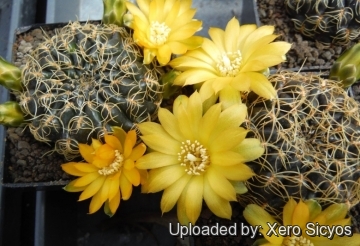
Weingartia arenacea var. candiae (Rebutia candiae) Photo by: Xero Sicyos
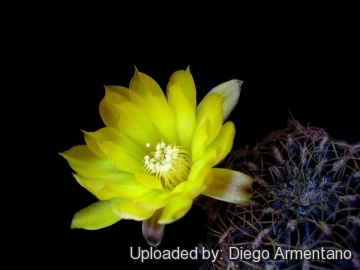
Weingartia arenacea var. candiae (Rebutia candiae) Photo by: Diego Armentano
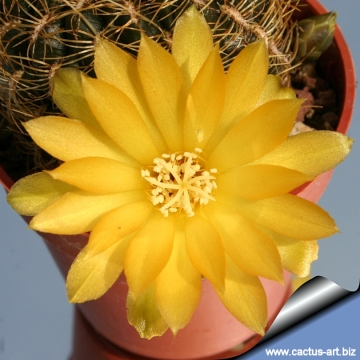
Weingartia arenacea var. candiae (Rebutia candiae) Photo by: Cactus Art
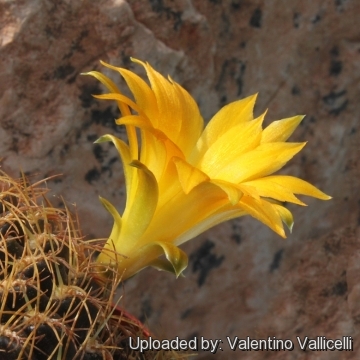
Weingartia arenacea var. candiae (Rebutia candiae) Photo by: Valentino Vallicelli
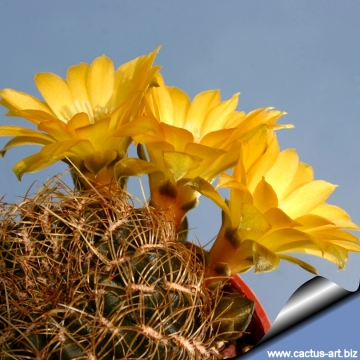
Weingartia arenacea var. candiae (Rebutia candiae) Photo by: Cactus Art
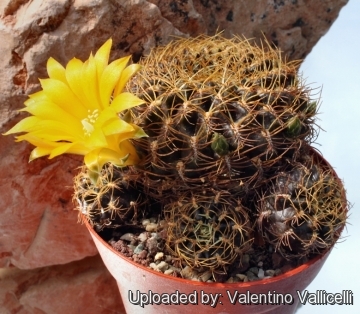
Weingartia arenacea var. candiae (Rebutia candiae) Photo by: Valentino Vallicelli
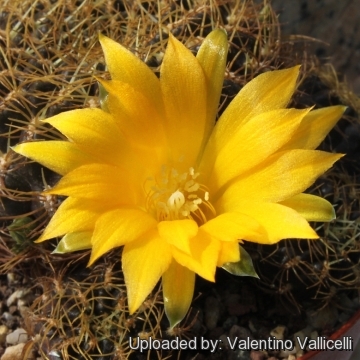
Weingartia arenacea var. candiae (Rebutia candiae) Photo by: Valentino Vallicelli
Send a photo of this plant.
The gallery now contains thousands of pictures, however it is possible to do even more. We are, of course, seeking photos of species not yet shown in the gallery but not only that, we are also looking for better pictures than those already present. Read More...
The gallery now contains thousands of pictures, however it is possible to do even more. We are, of course, seeking photos of species not yet shown in the gallery but not only that, we are also looking for better pictures than those already present. Read More...
| Your Actions | |
|---|---|
| Back to Weingartia index | |
| Back to Cactaceae index | |
 |
Back to Cacti Encyclopedia index |









